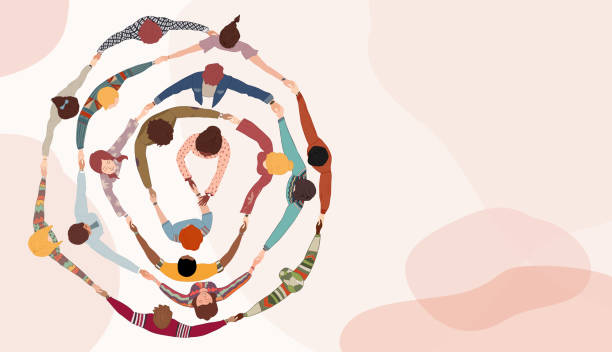Remembering the Sacred Feminine: The Rite of Passage into Motherhood

There came a time after giving birth when I looked at myself and realised I would never again be the person I was before. This change wasn’t simply physical, but something much deeper.
Becoming a mother is not merely a biological event. It is one of the greatest initiations a woman will ever experience. Yet in our society, this transformation is largely ignored, hidden beneath the pressure to perform, to be productive, to return to who we were before, with no space to honour what has changed.
We are not meant to “bounce back.” We are not meant to be the same.
RITES OF PASSAGE
Birth, like menarche and menopause, is a rite of passage — a profound journey of death and rebirth. The maiden dies, and the mother is born during the process of matrescence.
In traditional cultures, major transitions were marked with ritual and ceremony. These sacred acts guided the individual through change, offering orientation and meaning.
When this passage is not recognised, not witnessed, not marked, the transformation doesn’t feel complete. The woman may emerge physically changed, yet without spiritual grounding, unsure of who she has become and feeling lost in her new role.
VALUING THE FEMININE
The feminine is not valued in our culture: the cyclical, the emotional, the intuitive, the nurturing, the receptive. These qualities have been dismissed or misinterpreted as weakness. But feminine power is different, not lesser.
Mothering, of children, ideas, communities, or dreams, is the natural feminine expression. The mother archetype is the great nurturer, the sustainer of life. Yet in a culture that worships achievement, productivity, and independence over connection, creation, and intuition, women are not taught to see their mothering as sacred.
In my own motherhood journey, there were many times I felt overwhelmed. I loved my children deeply and knew mothering was my purpose, yet I felt invisible. Unseen in my role as a mother. My partner could take breaks, but those breaks were not what I longed for. I didn’t even know what I longed for at the time.
What I needed was for someone to truly see me and to witness the quiet, life-giving labour I was doing, work that is both sacred and, on the surface, so ordinary and mundane.
RECLAIMING THE SACRED
To recognise and honour this change, we must reclaim ritual and ceremony, so a woman can pause and feel the immensity of what is unfolding within her. She can grieve the loss of her old self, honour the mystery of what she has birthed, both her child and her new identity, and be witnessed by her sisters and community.
Ritual brings meaning to transformation. It draws the invisible into focus and anchors it into this realm. It tells the woman: In the turmoil and chaos of change, you are sacred. Motherhood is sacred.
I want women to be honoured as they cross the threshold into motherhood, to receive the deep message that their work, the work of nurturing, tending, holding their families and the world together with love, is valuable beyond measure. This is how we heal the cultural wound that devalues the feminine: by reweaving the sacred into our lives.
HOW DO WE DO THIS?
Ritual and ceremony does not need to be grand. They simply need to create space for reflection, grief, integration, and celebration. Closing the Bones is a beautiful example, honouring the woman on all levels, and is offered by a growing number of practitioners who support women in birth.
Beyond formal ceremonies, there are simple, quiet ways a woman can honour herself in this passage of matrescence. Lighting a candle at the end of a long day, creating a small altar to the woman she is becoming, or gathering with other mothers to speak her truth and be witnessed. These acts do not need to be elaborate. They are moments of pausing, of remembering. They remind her that her mothering is not invisible, but sacred. And when she can see her work through the lens of love rather than productivity, she begins to feel the value of what she carries, the magnitude and significance of her enormous contributions, and to know that every act rooted in love ripples through generations.